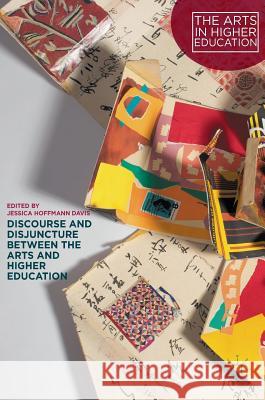Discourse and Disjuncture Between the Arts and Higher Education » książka
topmenu
Discourse and Disjuncture Between the Arts and Higher Education
ISBN-13: 9781137561954 / Angielski / Twarda / 2016 / 263 str.
This accessible and compelling collection of faculty reflections examines the tensions between the arts and academics and offers interdisciplinary alternatives for higher education.











